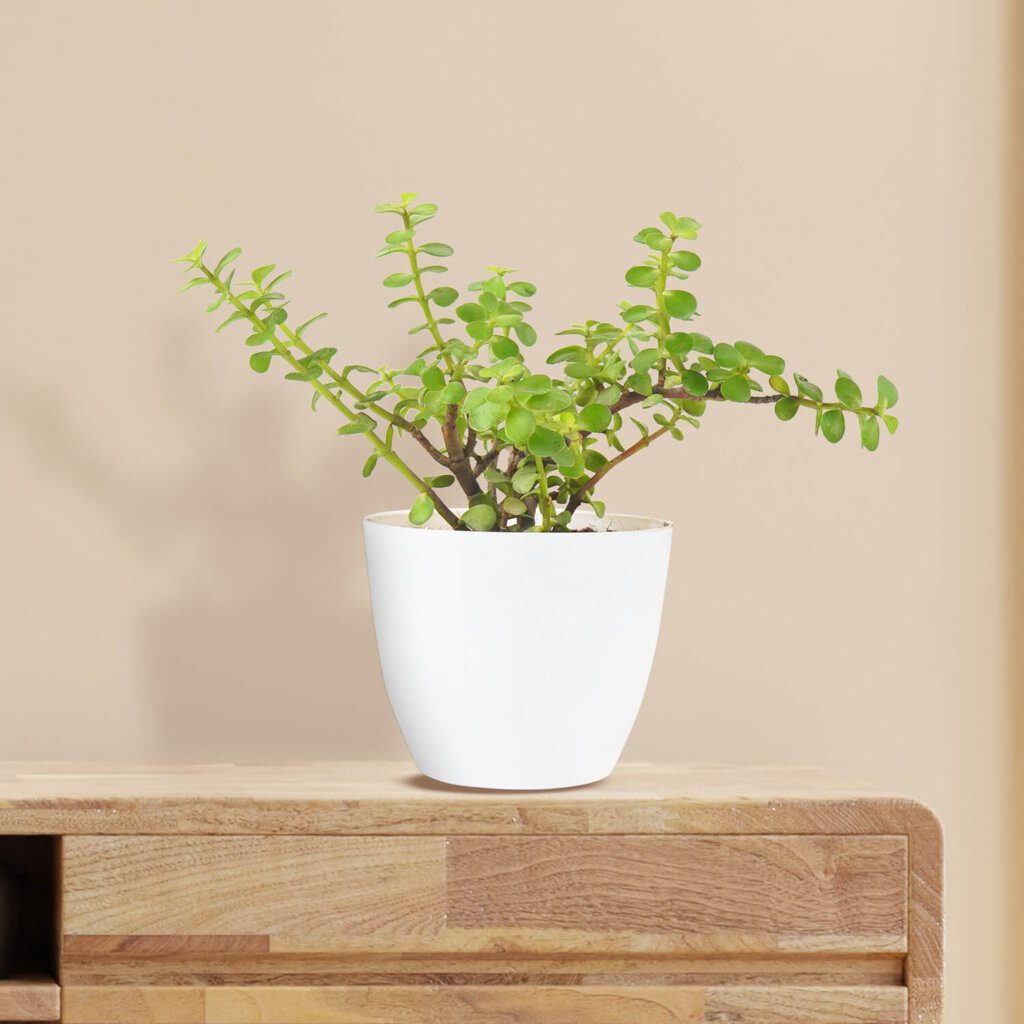

Jade Plant – Portulacaria Afra – Crassula Argentea
Jade Plants, also known as Good Luck Plants, are a favorite houseplant thanks to their adaptability and attractive, gem-like green leaves. With a bonsai tree-like growth habit, these charming and easy-to-propagate plants can grow well in any area of your home with bright, indirect light. Jade plants can beautify your space for years with the right conditions and a little routine care.
Traditional beliefs : According to Feng Shui, the Jade activates financial energies. The vibrant leaves are symbolic of growth and renewal and are believed to attract money and prosperity. The plant is traditionally placed near the entrances of offices and shops to bring in positivity.
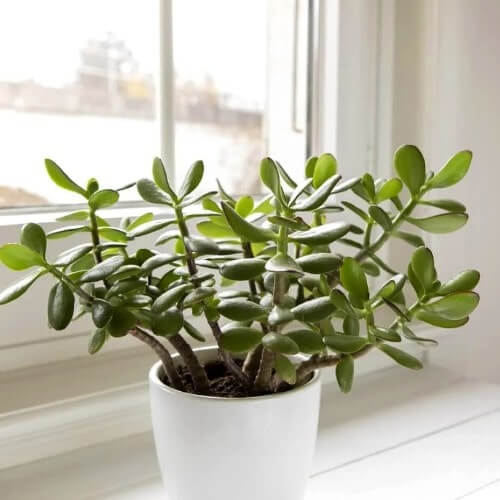

Light
Jade plants love light, and young plants especially should be exposed to bright, indirect sunlight in order to thrive. Jade plants young and old should receive at least four to six hours of sunlight daily, but keep the plant safe from direct rays. Harsh light can scorch young, immature plants or cause the leaves of older ones to turn red.
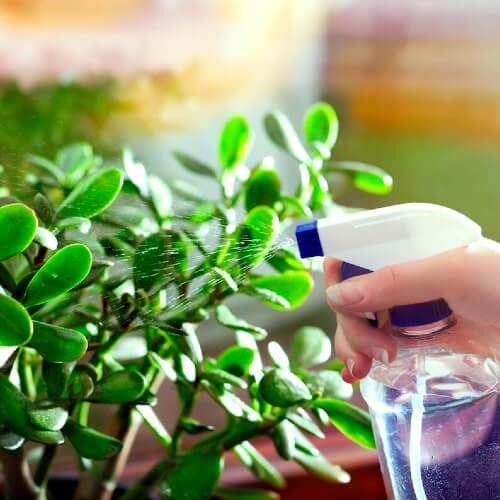

Watering
Watering jade plants correctly is very important! Allow your jade plant's soil to nearly dry out between waterings, but always be sure to water thoroughly. When displayed in areas with less light, it will need watering less frequently. During the summer months, when your plant is in growth mode, keep the soil slightly moist but not soggy. In the fall and winter, the plant may go dormant, causing it to slow or pause growth entirely. During this time, it won’t need much water. Water it even less often, allowing the soil to dry out fully between waterings.


Fertilization
Many people underfeed their succulents during their growing season. For the most successful jade plant, Feed it with a balanced fertiliser, 0-20-10 or 5-10-5 ratio every 2 weeks. Don’t fertilise the plant in winter as it is a slow growing season.
QUICK TIPS
Spotty, discolored, or dropping leaves on Jade Plant that hasn’t been watered in a while can indicate the opposite problems : drought stress. If you see these signs, water the plant and monitor the soil moisture going forward.


Repotting Jade Plants
Jade plants don’t mind being root bound in a small pot. In fact, keeping them root bound will keep the jade smaller and more manageable.
· Repot young jade plants once every 2 to 3 years to encourage growth. With older jade, repot once every 4 to 5 years or as necessary.
· Transplant in the early spring, just before the growing season begins.
· After repotting, don’t water the plant for a week or so. Wait at least a month before fertilizing so as not to accidentally burn fresh roots.
Plant Care Tips
- Mealybugs or scale may hide under stems and leaves. To remove the pests, use a spray bottle of water or wipe the insects off gently with a bit of rubbing alcohol on a paper towel or cotton swab. Repeated applications will be necessary to remove the pests’ offspring. If the plant is too heavily infested, it may be better to take a clean cutting from it and start anew.
- Root rot is caused by excessive moisture in the soil. Let the soil dry out between waterings.
- Shrivelled or wrinkled leaves are signs of a thirsty plant in need of more frequent or deeper waterings.
- All-over yellowing & squishy leaves indicates that the plant is getting too much water.
- Leaf drop is a symptom of watering issues, too.
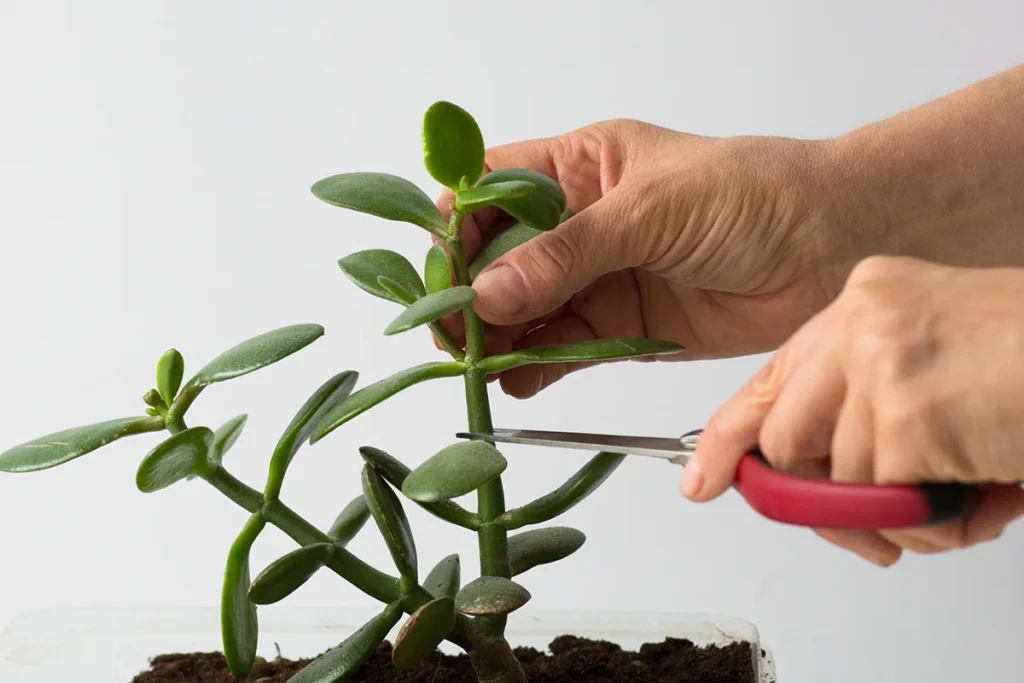

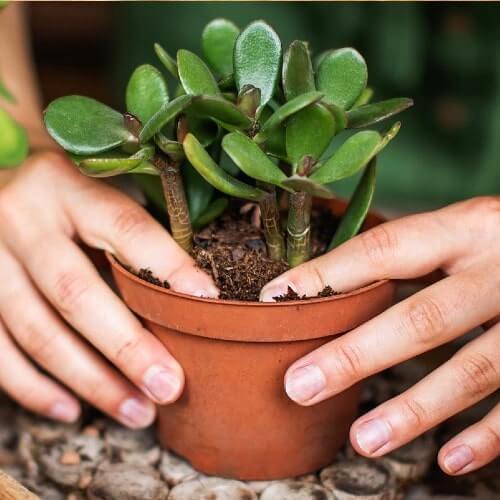

Our Favourable Aspects
- Potting Mixture: It’s a mixture of appropriate amounts of soil, cocopeat & organic vermicompost. Provides best environment to the plant’s roots. It also contains slow-release Fertilizer which gives nutrients to the plants every time it is watered for 6 months.
- Packaging: Plant is secured in a good quality cardboard packaging. Inner Box holds the potted plant in place so that any movement during transit does not affect the plant. Outer box has slits which allow the plant to breathe freely during transit.






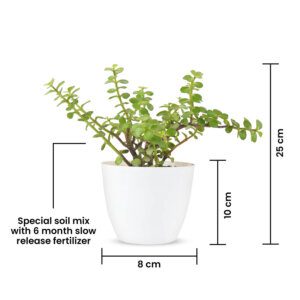
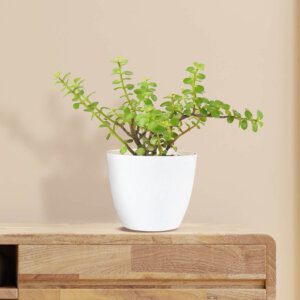

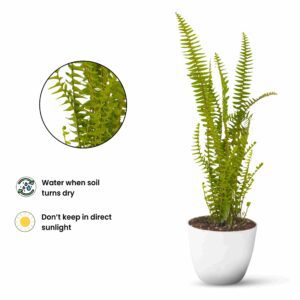

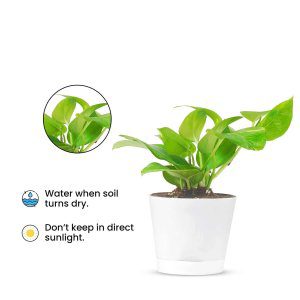
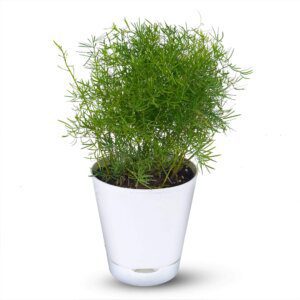
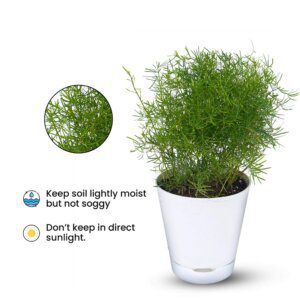
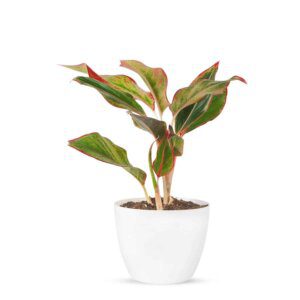

Reviews
There are no reviews yet.